

Yoshinari Nishio and others: PUBROBE—100 Years of Clothing
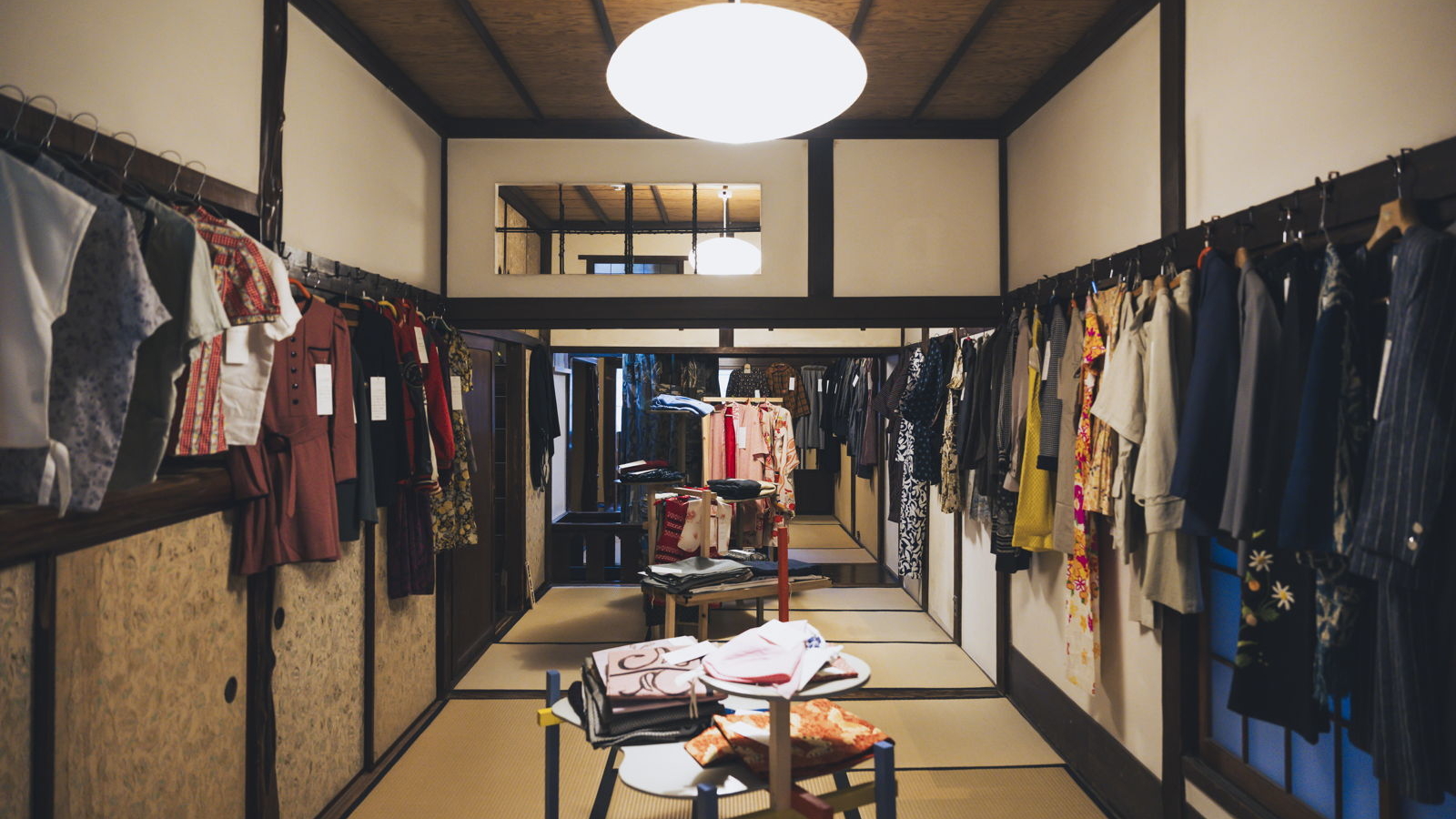
Area
K
Kanda・Yushima
Ebihara Shoten in Kanda-sudacho
Outline
Pubrobe is a coined word combining the words “public” and “wardrobe,” and is a project to create a public wardrobe, like a clothing library, accessible to all. Inspired by a market in Nairobi, the artist Yoshinari Nishio will use Ebihara Shoten, a kanban kenchiku [signboard building] (2-3 story wooden shop and residence with only the front facade covered and decorated with fire-resistant materials) in Kanda built during the reconstruction period after the Great Kanto earthquake of 1923, as the base for this project. The shop had handled used clothing, ready-to-wear clothing, fabrics, and other clothing-related products. We are widely calling for donations of clothing.We will collect clothes worn over the past 100 years from the earthquake to the present to compose a public wardrobe, connecting 100 years of people's time/life culture to the Tokyo of the future.
A public wardrobe, “PUBROBE: 100 years of clothing” will appear at Ebihara Shoten, a public wardrobe that anyone can use like a clothing library. As a public space and community museum of clothing that is open to the community, the “PUBROBE: 100 years of clothing” will be used for a variety of activities, including lending out clothing, making replicas of clothing, and holding events.
| March 2023 | Information sessions at Ebihara Shoten and online |
| April | Clothing collection begins |
| June-September | Replica production (talk events and workshops also held) |
| October | Operation of the PUBROBE (talk events and workshops are also held) |
| November | Clothes return period |
Artists・Members
Yoshinari Nishio (artist), Yoshiya Ebihara (owner of Ebihara Shoten), Kaoru Iwama, Yuumi Shishido (project coordinator), Jun Tanikawa. Other participants include people who have used Ebihara Shoten and built relationships with the store, people from the Kandasudacho area, local artisans (dyeing, etc.), fashion and kimono experts and students, people with clothing that has been handed down from the past, people who make cosplay costumes, and newcomers to the area.
Related event
Ended
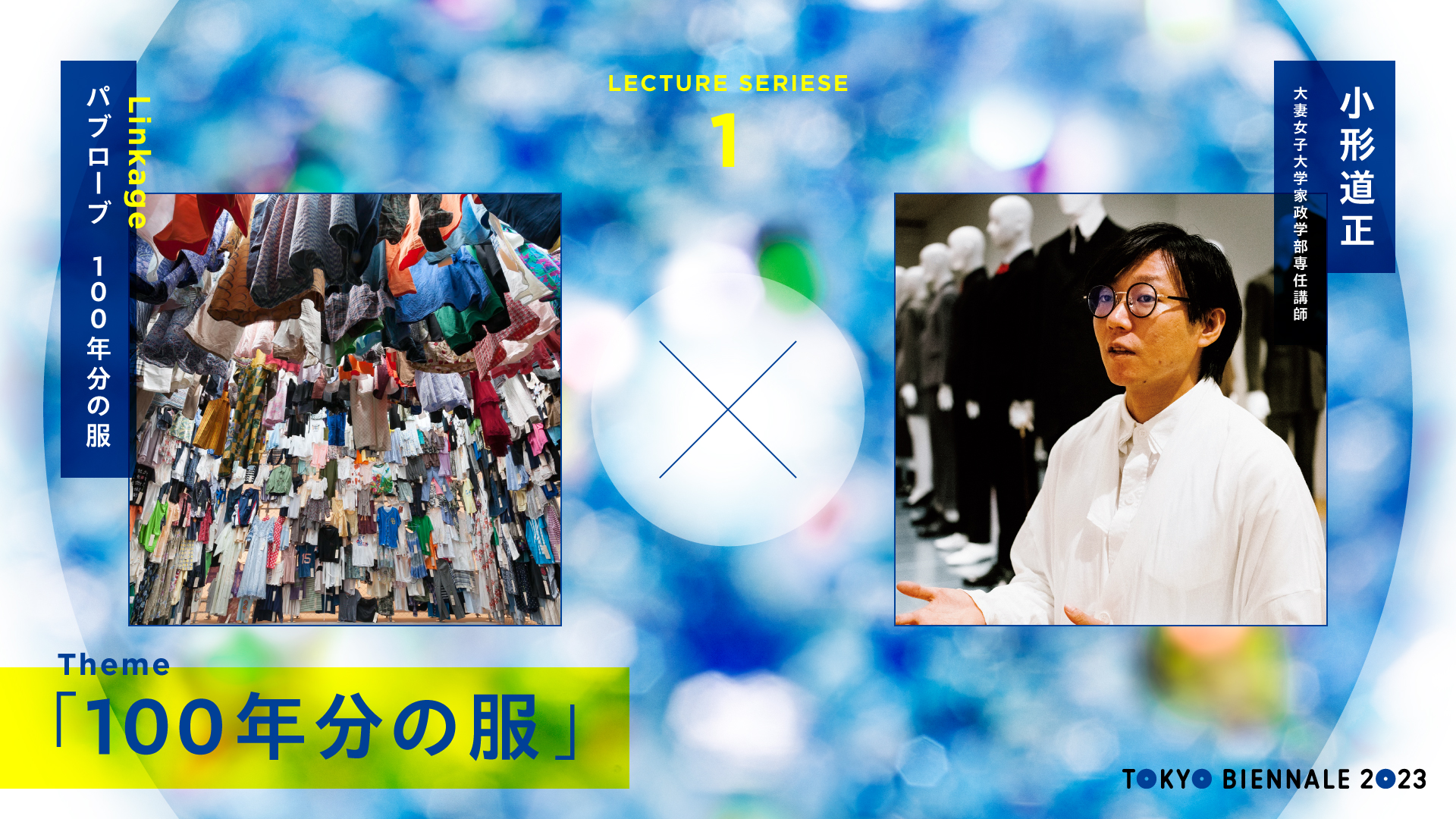
2023.8.5
Ebihara Shoten
K04+
PUBROBE: 100 Years of Clothing|Lecture Series 1: Michimasa Ogata "100 Years of Clothing"Ended
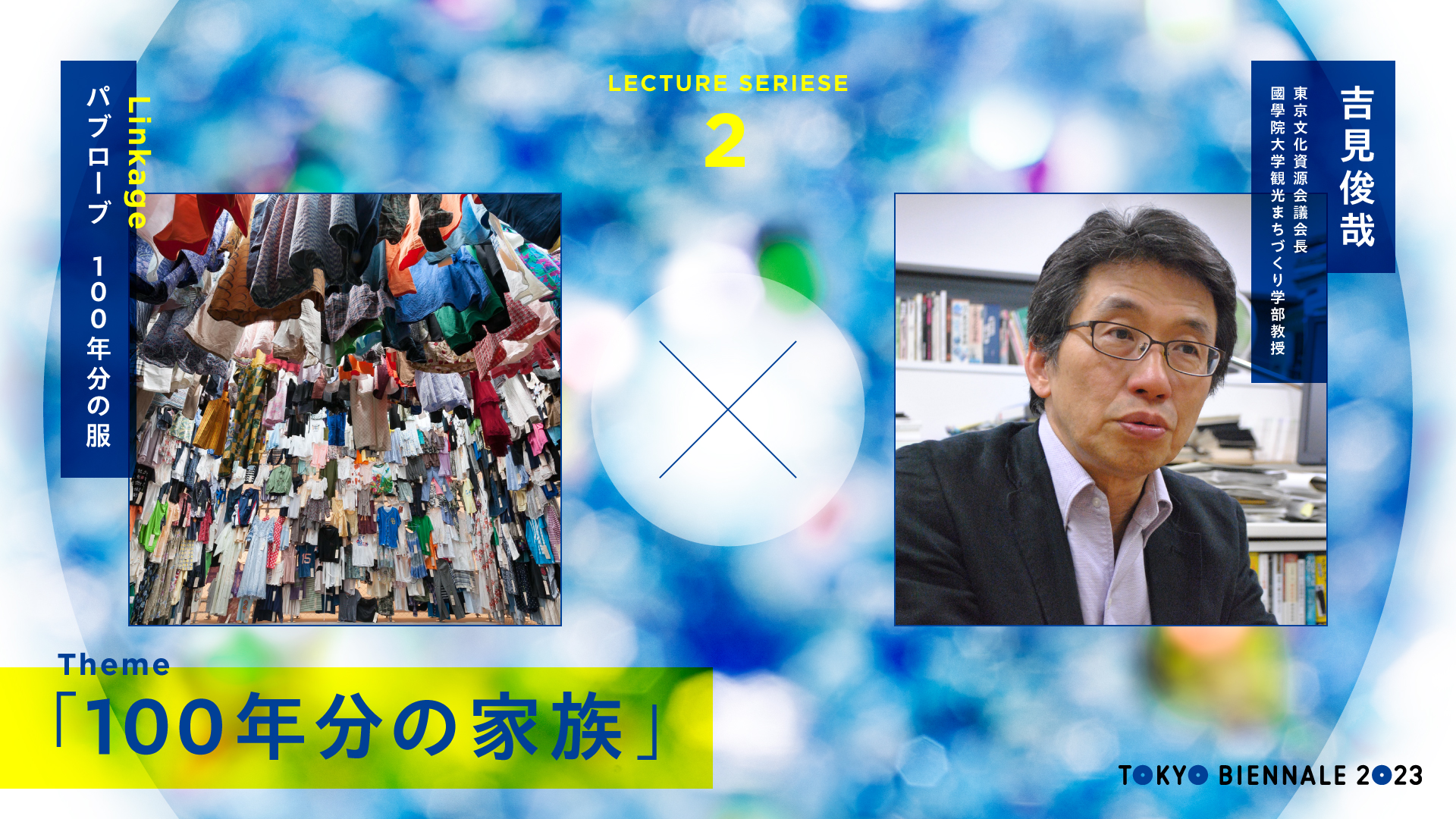
2023.8.8
Ebihara Shoten
K04+
PUBROBE: 100 Years of Clothing|Lecture Series 2: Shunya Yoshimi "100 Years of Family"Ended
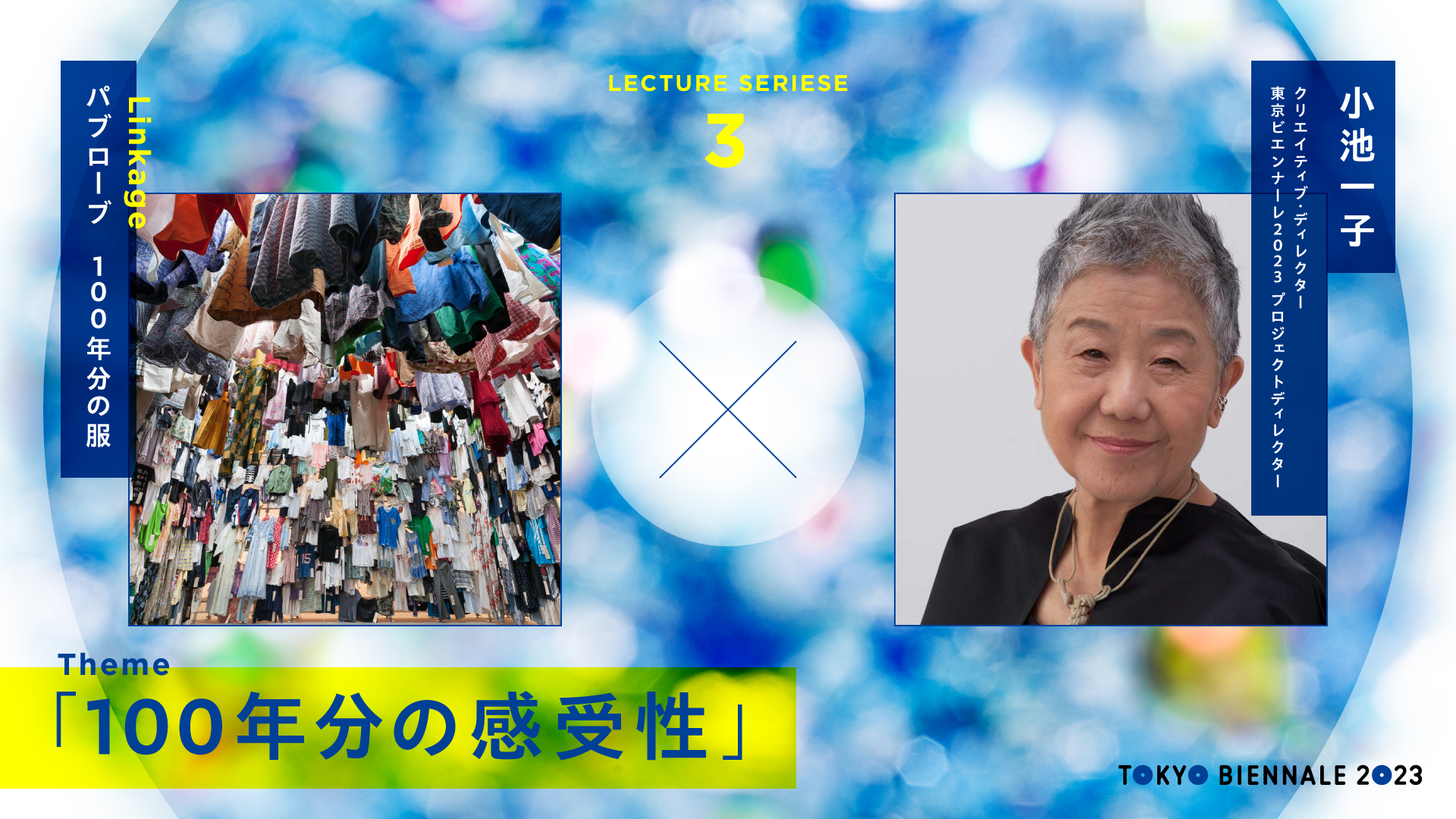
2023.8.23
Monozukuri Kan by YKK
K04+
PUBROBE: 100 Years of Clothing|Lecture Series 3: Kazuko Koike "100 Years of Sensitivity"Ended
Workshop
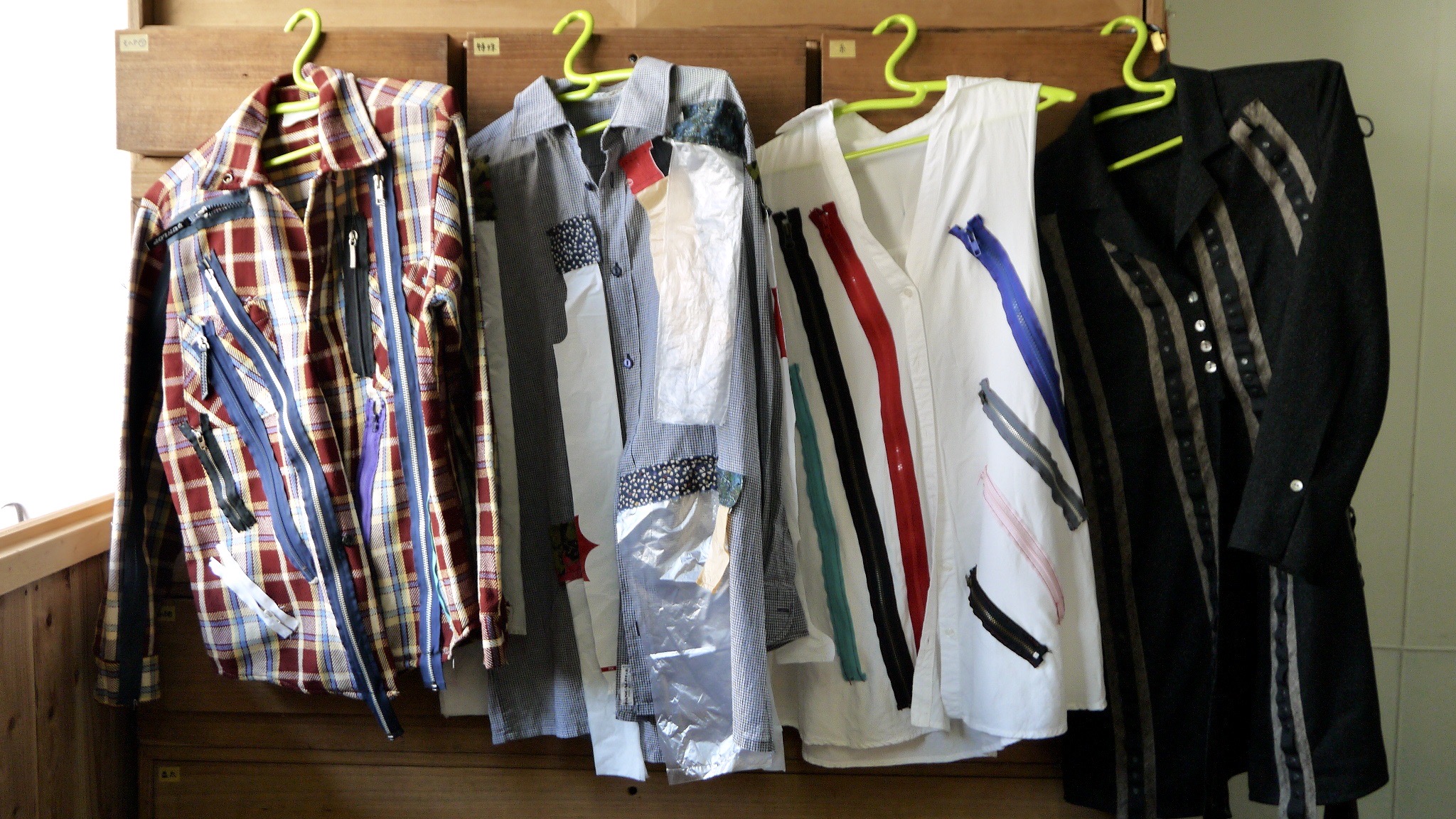
2023.8.27
Monozukuri Kan by YKK
K04+
PUBROBE: 100 Years of Clothing | Special Workshop "Zipper People" Corroborated with YKKEnded
Exhibition
Other
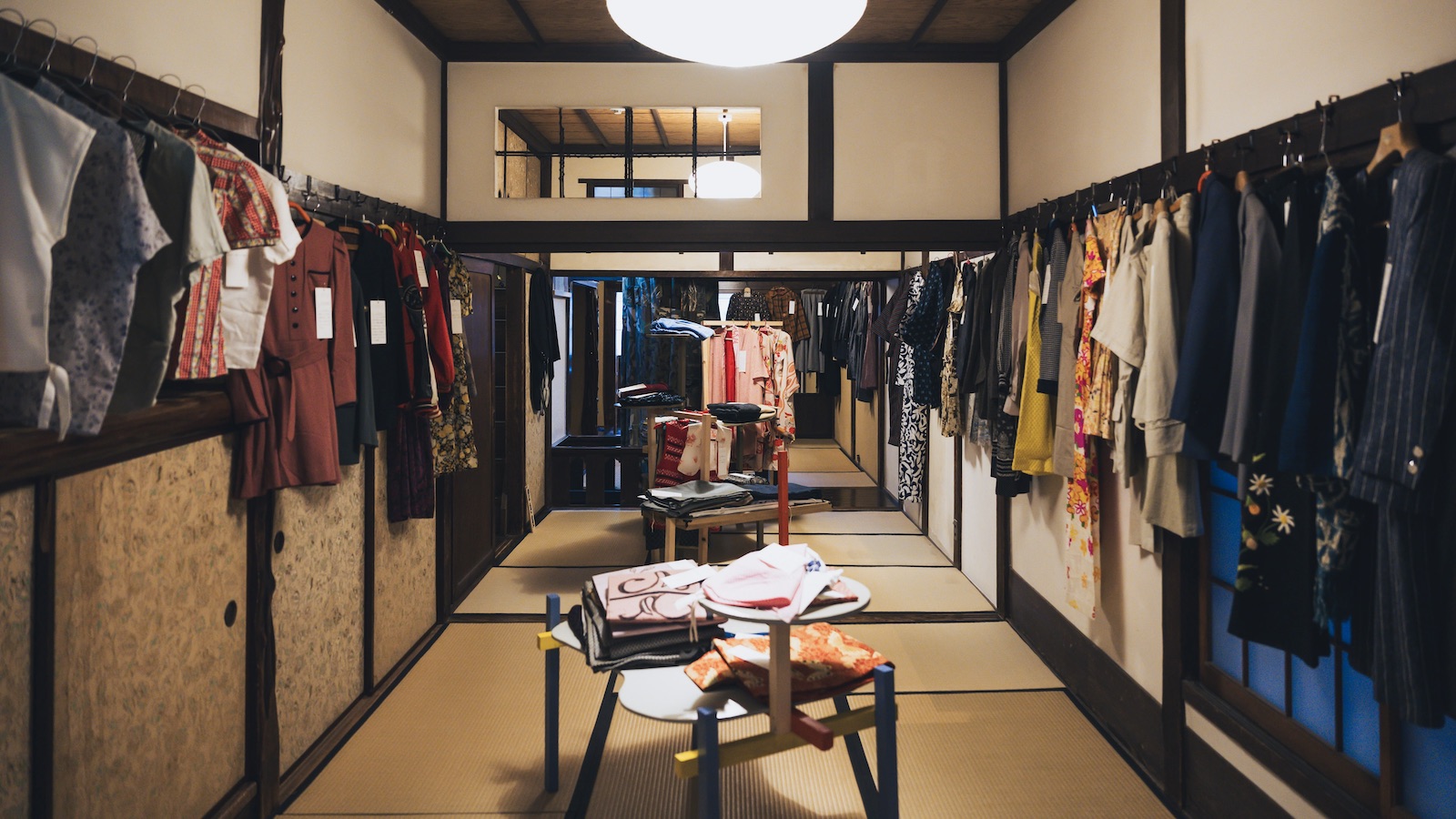
2023.9.23 - 11.5
Ebihara Shoten
K04
Yoshinari Nishio and Others: PUBROBE 100 Years of ClothingEnded
Talk
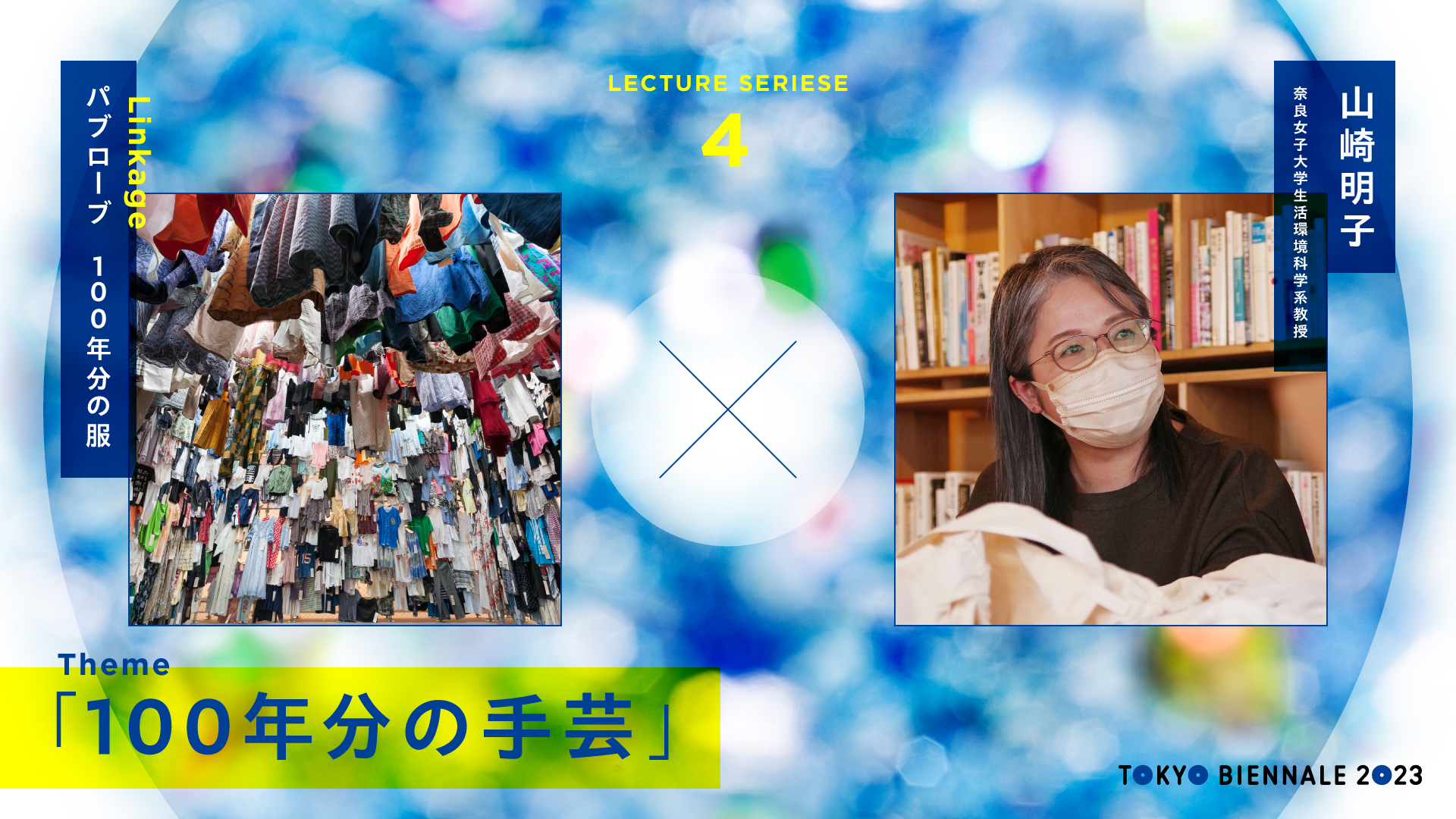
2023.11.3
Ebihara Shoten
K04+
PUBROBE: 100 Years of Clothing|Lecture Series 4: Akiko Yamasaki "100 Years of Handicraft"